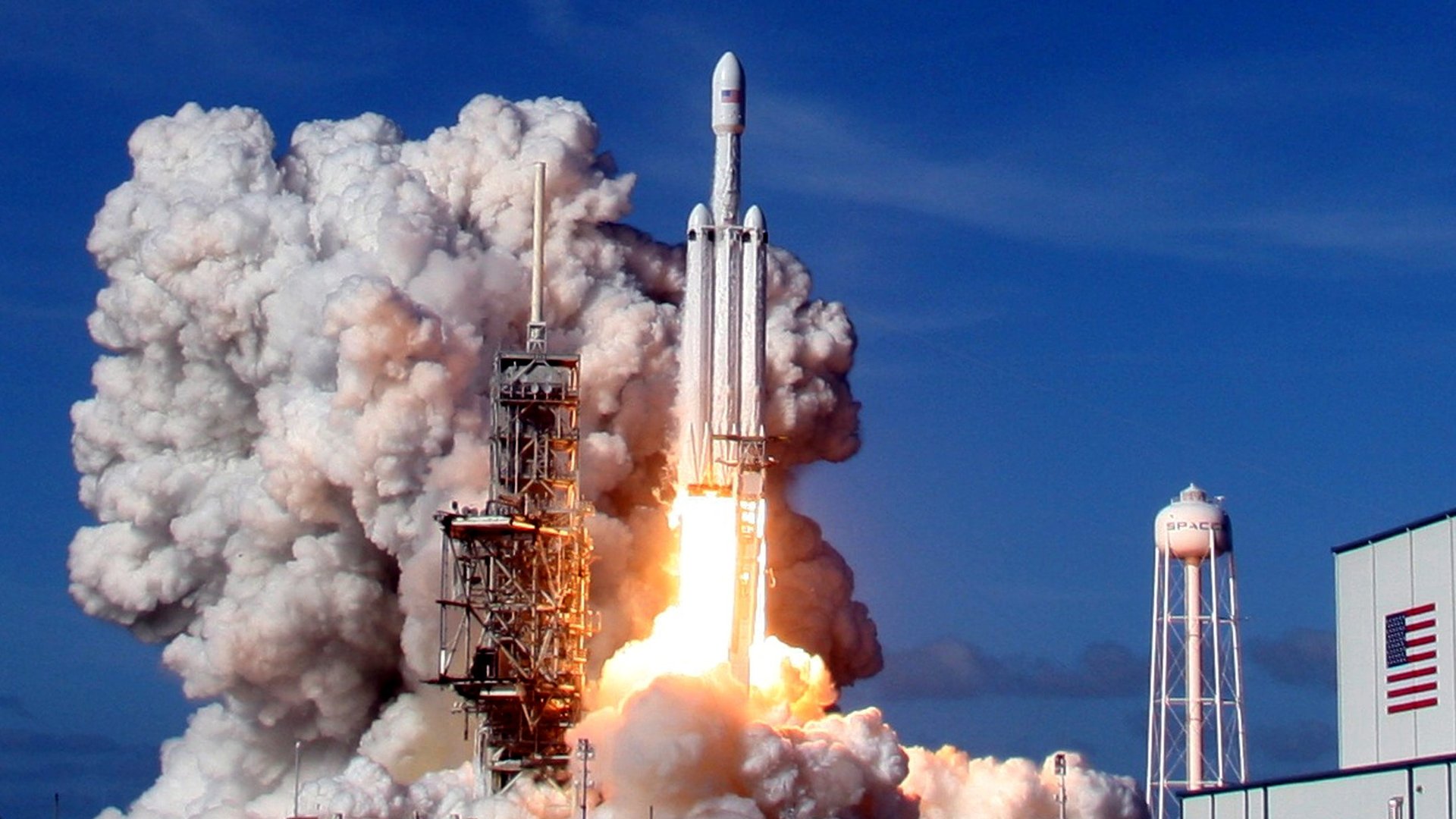The US government okayed Elon Musk’s plan to triple the number of satellites in orbit
SpaceX now has US permission to fly 4,425 satellites in a swarming constellation called Starlink to deliver internet service to consumers below—more than tripling the number of active satellites in orbit around the earth.


SpaceX now has US permission to fly 4,425 satellites in a swarming constellation called Starlink to deliver internet service to consumers below—more than tripling the number of active satellites in orbit around the earth.
But don’t get too excited, yet.
SpaceX won’t give an update on the two test satellites it launched in February 2018. It’s not clear yet that that the company has the capability to manufacture that many new spacecraft—or even a facility to do it in. “We still have much to do with this complex undertaking,” SpaceX president Gwynne Shotwell warned in a statement.
Indeed, SpaceX says it can’t launch its proposed satellites during the legal time limit. The Federal Communications Commission gives satellite operators six years to put most of their constellation into operation, in order to prevent companies from stockpiling unused radio spectrum.
SpaceX requested a waiver so it would only need to fly 1,600 satellites in that period, arguing that it would be physically impossible to launch all 4,425 during the same period—a launch cadence of 60 satellites per month. The FCC said it would have to fly 50% of the constellation by 2024, but that it would reconsider delays in the years ahead.
In 2015, when Google made a $1 billion investment in the space company, SpaceX told investors it expected to generate significant revenue from its satellite constellation by 2020. That projection seems increasingly unlikely, but delays are a big part of space business.
Multiple companies are rushing to be the first to deploy satellite constellations to provide broadband data connections, taking advantage of advances in miniature electronics and batteries, as well as cheaper launch costs, to fill the globe’s apparently endless demand for more connectivity.
The news does mean that regulators, at least, believe they are ready for a world of multiple, relatively low-altitude satellites. This is the fourth “NGSO”—non-geostationary orbit—constellation the Federal Communications Commission has approved for altitudes between 1000 and 2000 kilometers above the earth.
The FCC wasn’t impressed by SpaceX’s key rival in this business, OneWeb, when it claimed that SpaceX’s plans are dangerous to other operators who want to fly satellites in the same area. The regulators told OneWeb and SpaceX they ought to be able to work out any concerns about flying in the same region themselves. Still, the commission required SpaceX to submit additional information about the safety of its satellites before they are launched.
OneWeb has yet to launch any satellites, but it is building a large manufacturing facility near Kennedy Space Center, in Florida, and boasts a $1 billion investment from Softbank.